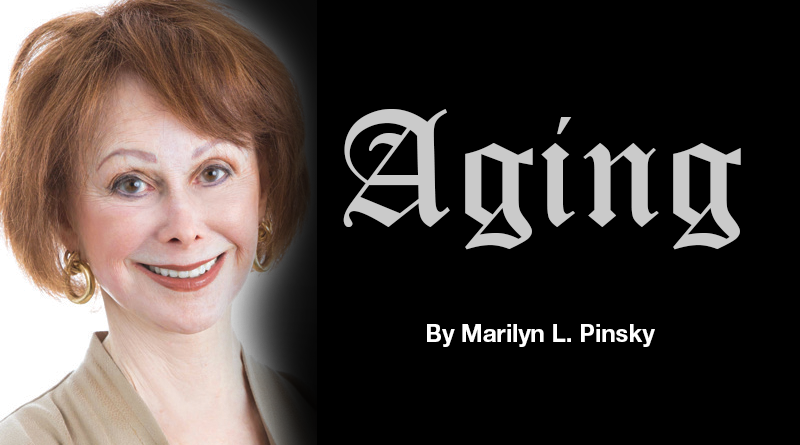PT: Road to Recovery
Physical therapy is methodical approach to feeling better
By Marilyn L. Pinsky
Editor’s note: This is the first segment in a two-part series on physical therapy.

Many of us have had experience with physical therapy and the klutzier ones, like me, have had many experiences.
It started with an injury resulting from constantly reaching up to close the garage door with a shoulder loaded down by a heavy shoulder bag.
Then came an injury from not paying attention to how many weights were on the machine while exercising and doing something stupid to my Achilles tendon. And so on through the years.
Each time, physical therapy has come to the rescue and restored me practically to my former self. But after the last injury, I began to wonder if there were things I could be doing to prevent injuries in the first place.
I asked my question to Katherine Beissner, dean of the College of Health Professions at Upstate Medical University. She trains physical therapists among other health professionals.
“One of the problems is that people get an injury, or just start to hurt for seemingly no reason, and they don’t act quickly enough to address the problem,” Beissner said. “One example is my sister who had two hip replacements at age 60. She started to have aches and pains but she was too busy doing other things, like being a caregiver to our father, taking care of her children and working full time. So she just pushed on through the pain.
“The hypothesis is that the problem with her hips started years before but she ignored the symptoms. When she finally went to see an orthopedic surgeon, she was diagnosed with severe arthritis for which surgery was required. Had it been tended to earlier through stretching and exercising, the severity of the arthritis might have been prevented.”
This is exactly what I wanted to know — how to avoid surgery.
“It won’t prevent all surgeries, but stretching can help a great deal. An extremely important prevention exercise is the hip flexor stretch,” Beissner said. “It keeps the muscles in your hips stretched so injury is less likely. It is important to do this before you even have a problem, as aches and pains creep up on you. Then you start to think that having pain is what normal feels like, but it isn’t.”
Don’t just settle
“We are seeing a major generational difference with how we baby boomers approach injuries, as opposed to older people,” Beissner said. “Our mindset is that we don’t take as inevitable the changes that our body might be telling us. Slowing down is not an option; this is not what getting older is all about. So we use physical therapy to recover and allow us to go on with our lives.”
“On the other hand, the popular expression, ‘no pain, no gain’ is a double-edged sword,” she said.
“You don’t want to let pain stop you from exercising, but sharp, stabbing pains could mean you should stop or switch what you are doing to a different exercise,” Beissner said. “It is fine to tolerate some degree of discomfort, and not let the pain become the focus of your life or stop you from exercising.”
She said there are a number of ways that exercise can help decrease pain.
“No. 1 is from the endorphin release that reduces your perception of pain. Two is strengthening the muscles around joints for greater joint stability, and three is stretching for increased flexibility that decreases joint stresses,” she noted.
Often people go to PT and exercise diligently until they’re better and then they stop. Here’s why we can’t just quit and expect to maintain results:
“If we don’t maximally lengthen our muscles, tendons and ligaments, they’ll gradually get shorter and then there’s less room for the bones to move and that results in joint compression. Stretching should start at an early age and continue throughout our life,” she said.
We all want a quick fix. However, a quick fix rarely sticks.
“Even though stretching is something that no one likes to do, it is the best injury prevention technique,” Beissner said. “It is important to realize that stretching exercises are not just for getting through the painful period after an injury, but that it is something we always have to do. It has to become part of our daily routine because it affects the rest of our life.”

